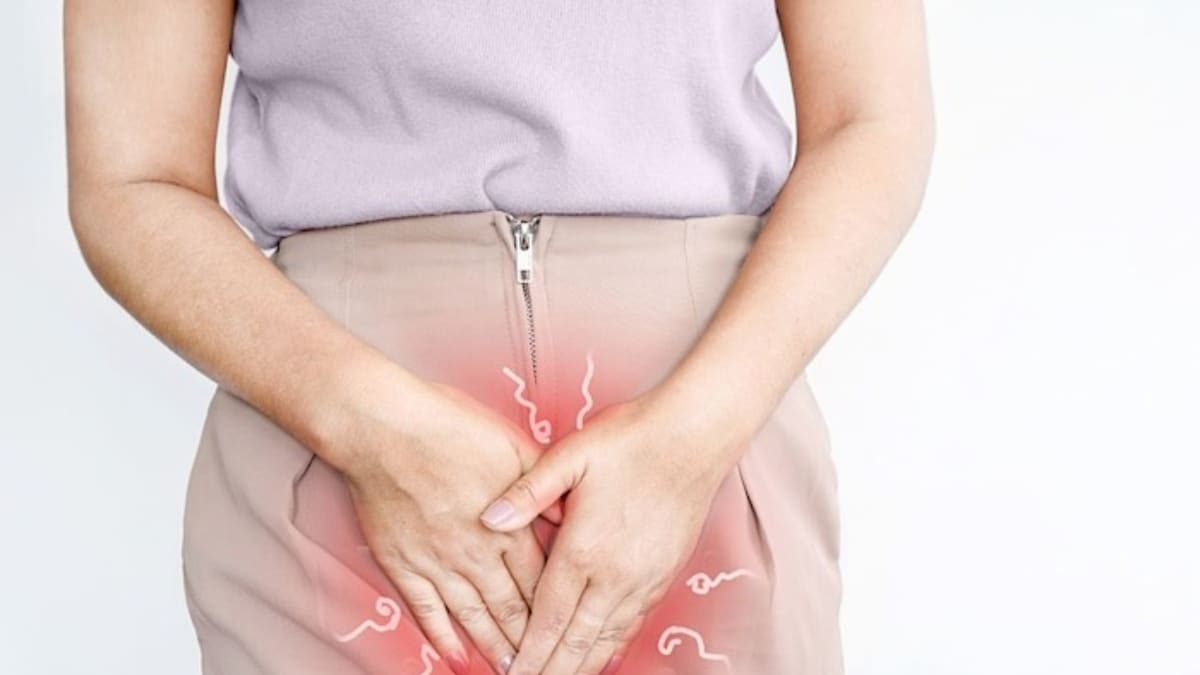Excessive menstrual bleeding, characterized by periods lasting more than 7 days or abnormally heavy flow, can significantly affect a woman's well-being. Frequent and irregular menstrual bleeding, occurring less than every 21 days, can negatively affect quality of life. The root causes of heavy menstrual bleeding include conditions such as fibroids, polyps, uterine cancer, pelvic inflammatory disease, adenomyosis, and endometriosis.
For many women, periods can be uncomfortable, but excessive or irregular bleeding should not be ignored. Menstrual flow that requires changing a pad or tampon every one to two hours, passing large clots, or experiencing prolonged periods that last more than a week could be indicative of endometriosis. While these symptoms alone may not confirm the condition, they serve as warning signs that warrant medical attention.
Dr Neha Gupta, Senior Consultant, Obstetrics and Gynecology, Fortis Hospital, Noida, says, “Heavy menstrual blood loss is often associated with painful cramps. Cramps during menstruation are often considered normal for girls. People should be aware that if their painful cramps during periods seem to get worse in subsequent cycles and the pain is disproportionate to the amount of flow, then this could be a sign and symptom of endometriosis. It is advisable to rule out endometriosis, which, if not diagnosed in time, can cause chronic pelvic pain, since the disease has a tendency to spread.”
Heavy or irregular bleeding during menstruation can be more than just a monthly inconvenience; It may be a sign of an underlying health problem, such as endometriosis. “Endometriosis is a chronic disease in which tissue similar to the lining of the uterus grows outside the uterus, causing a range of symptoms, including pelvic pain, fertility problems and, in particular, abnormal menstrual bleeding,” explains Dr Seema. Sehgal, director of the Department. of Obstetrics and Gynaecology, CK Birla Hospital (R), Delhi.
Endometriosis affects approximately 1 in 10 women of reproductive age, making it a common concern. Abnormal growth of tissue outside the uterus can cause inflammation, scarring, and adhesion formation. Consequently, the menstrual cycle is altered, leading to heavy or irregular bleeding patterns.
Explaining endometriosis
Endometriosis is a problem that affects a woman's uterus, the place where the baby grows when the woman is pregnant. “In endometriosis, the tissue (glands and stroma) that normally lines the internal uterine cavity grows elsewhere. This abnormally positioned tissue responds to female hormonal stimulation and causes bleeding during menstrual periods. The tissue can grow in the ovaries, behind the uterus, in the intestines, or in the bladder. When this tissue grows into the muscles of the uterus, a condition called adenomyosis, it can cause a mild enlargement of the uterus. The accumulation of blood in these places causes chemical irritation and formation of adhesions with adjacent structures, which subsequently causes pain, infertility, and heavy periods. Pelvic congestion causes heavy and painful periods in endometriosis and adenomyosis,” shares Dr. Gupta.
Other symptoms of endometriosis may include pain when defecating during menstruation and pain during sexual intercourse.
When to consult a health professional?
Dr. Sehgal believes that “women who experience heavy or irregular bleeding should consult with a healthcare professional for a comprehensive evaluation. A healthcare provider may perform a physical examination, review medical history, and, in some cases, recommend imaging studies or laparoscopic surgery for a definitive diagnosis.”
Early detection and treatment of endometriosis is crucial to relieving symptoms and preserving fertility. “Various treatment options, including medications and surgical interventions, can help manage the condition. Furthermore, taking a holistic approach that includes lifestyle modifications and pain management strategies can help improve the quality of life of people with endometriosis,” believes Dr. Sehgal.
Doctors can predict the disease based on history and examination. Evaluation can be performed using transvaginal ultrasound or MRI. Sometimes diagnostic laparoscopy and a tissue biopsy are necessary.
Treatment
Treatment includes pain relievers. Birth control pills are effective in regularizing periods and decreasing heavy blood flow due to endometriosis.
Fertility preserving surgery may be offered to relieve pain in young people. “Definitive treatment may be necessary in advanced cases when fertility is not desired. In such cases, radical surgery like total hysterectomy with bilateral oophorectomy (TAH-BSO) and cytoreduction of visible endometriosis with adhesiolysis is performed,” adds Dr. Gupta.
In conclusion, heavy or irregular menstrual bleeding should not be dismissed as a mere inconvenience. Instead, it should be seen as a potential sign of underlying health problems, such as endometriosis. Seeking immediate medical attention allows women to address their concerns, obtain an accurate diagnosis, and embark on a journey toward effective management and greater well-being.












